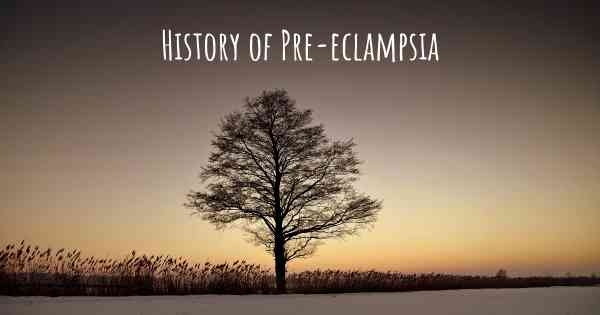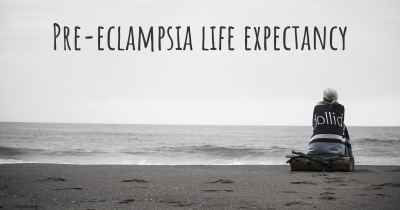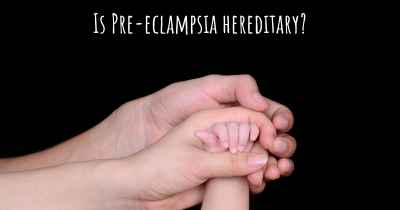What is the history of Pre-eclampsia?
When was Pre-eclampsia discovered? What is the story of this discovery? Was it coincidence or not?

Pre-eclampsia is a pregnancy complication characterized by high blood pressure and damage to organs, most commonly the liver and kidneys. It typically occurs after 20 weeks of gestation and affects around 5-8% of pregnancies worldwide. The history of pre-eclampsia dates back centuries, with early descriptions and understanding gradually evolving over time.
Ancient Times:
Although pre-eclampsia was not specifically recognized in ancient times, there are historical records that suggest some awareness of the condition. Ancient Egyptian papyri dating back to 2000 BCE mention symptoms such as swelling, high blood pressure, and convulsions during pregnancy. Similarly, ancient Indian texts from around 600 BCE describe a condition called "Garbhini Visha" that shares similarities with pre-eclampsia.
18th and 19th Centuries:
It was not until the 18th century that pre-eclampsia began to be more systematically studied. In 1772, English physician William Smellie described a condition called "dropsy of the womb" which included symptoms such as swelling and convulsions during pregnancy. However, it was not until the 19th century that the term "pre-eclampsia" was coined by British obstetrician Richard Bright in 1836.
20th Century:
The understanding of pre-eclampsia significantly advanced in the 20th century. In the early 1900s, researchers began to recognize the association between high blood pressure during pregnancy and adverse outcomes for both the mother and the baby. The discovery of proteinuria (the presence of excess protein in the urine) as a key diagnostic marker for pre-eclampsia further enhanced the understanding of the condition.
1950s-1970s:
During this period, researchers focused on identifying risk factors and potential treatments for pre-eclampsia. Studies suggested that pre-existing conditions such as chronic hypertension and diabetes increased the risk of developing pre-eclampsia. Additionally, it was observed that pre-eclampsia was more common in first pregnancies and in women with a family history of the condition.
1980s-1990s:
Advancements in medical technology and research methodologies allowed for a deeper understanding of pre-eclampsia. Doppler ultrasound, which measures blood flow in the uterine arteries, became a valuable tool in predicting the risk of pre-eclampsia. Researchers also explored the role of genetics and immune system dysfunction in the development of the condition.
21st Century:
In recent years, there have been significant efforts to improve the prediction, prevention, and management of pre-eclampsia. Various biomarkers, such as placental growth factor (PlGF) and soluble fms-like tyrosine kinase 1 (sFlt-1), have been identified as potential indicators of pre-eclampsia. These advancements have paved the way for the development of new diagnostic tests and treatment strategies.
Current Research:
Research on pre-eclampsia continues to evolve, with ongoing studies focusing on understanding the underlying mechanisms of the condition and developing targeted therapies. The role of inflammation, oxidative stress, and endothelial dysfunction in pre-eclampsia pathogenesis is being extensively investigated. Additionally, efforts are being made to identify novel biomarkers and develop personalized approaches to predict and manage pre-eclampsia.
In conclusion, the history of pre-eclampsia spans centuries, with early descriptions dating back to ancient times. The understanding of pre-eclampsia has significantly advanced over the years, from the recognition of symptoms and diagnostic markers to the identification of risk factors and potential treatments. Ongoing research aims to further enhance our understanding of pre-eclampsia and improve the prediction and management of this complex pregnancy complication.








